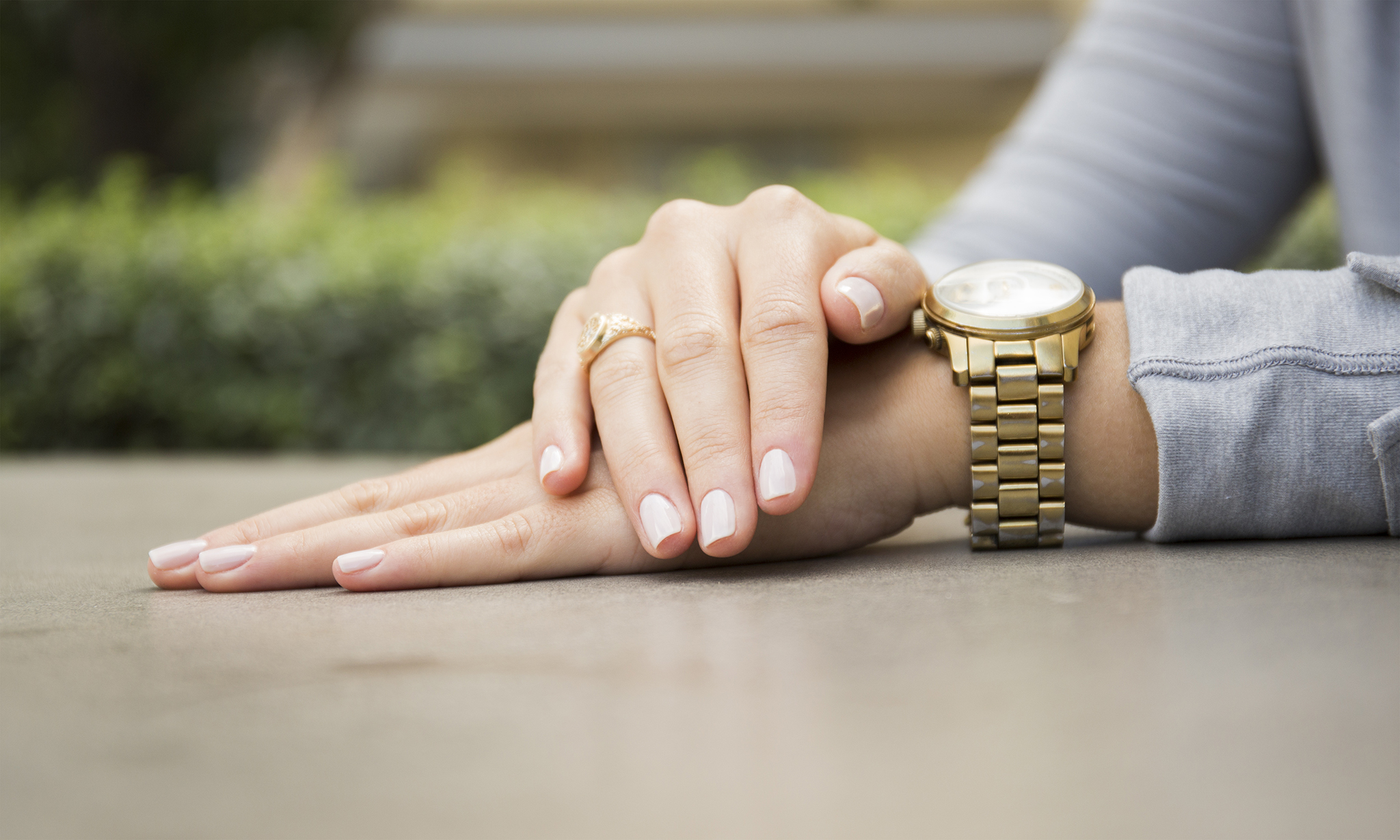GROUPON GUIDE TO DETROIT
The Complex Chemistry Behind Artificial Nails
BY: Groupon Guide |Jul 6, 2015
BY:
Deals in Detroit

Trending
Chic Acrylic Nails: Fill-In or Full Set Service
4050 Crooks Road, Royal Oak • 14.7 mi
Sale Ends 12/19
$8.91 with_code GIFT
Elevate Salon Institute

Enjoy a Relaxing Regular Manicure, Gel Manicure, Gel Pedicure or Both
6034 Rochester Road, Troy • 19.6 mi
Sale Ends 12/19
$15.39 with_code GIFT
The Polish Parlour

Gel Manicure, Acrylic Gel, Volcano Spa Pedicure or Nail Ombre Full Set
27893 Orchard Lake Road, Farmington Hills • 19.9 mi
Sale Ends 12/19
$36.45 with_code GIFT
Ana Nails Studio
Deals in Detroit Other Deals in Detroit

Trending
Nail It with Style: One Gel Manicure or/and Spa Pedicure
45320 Utica Park Boulevard, Utica • 20.7 mi
Sale Ends 12/19
$11.34 with_code GIFT
Elevate Salon Institute - Utica

Gel Mani-Pedi with Massage, Therapeutic Gel Soak, or More
20559 Mack Avenue, Grosse Pointe Woods • 10.4 mi
Sale Ends 12/19
$32.40 with_code GIFT
10+ bought
Aretée Therapeutic Wellness Spa

Pamper Yourself with a Gel Manicure, Gel Pedicure, or Both
15565 Northland Drive, Southfield • 11.3 mi
Sale Ends 12/19
$23.49 with_code GIFT
My Fancii Day Spa


